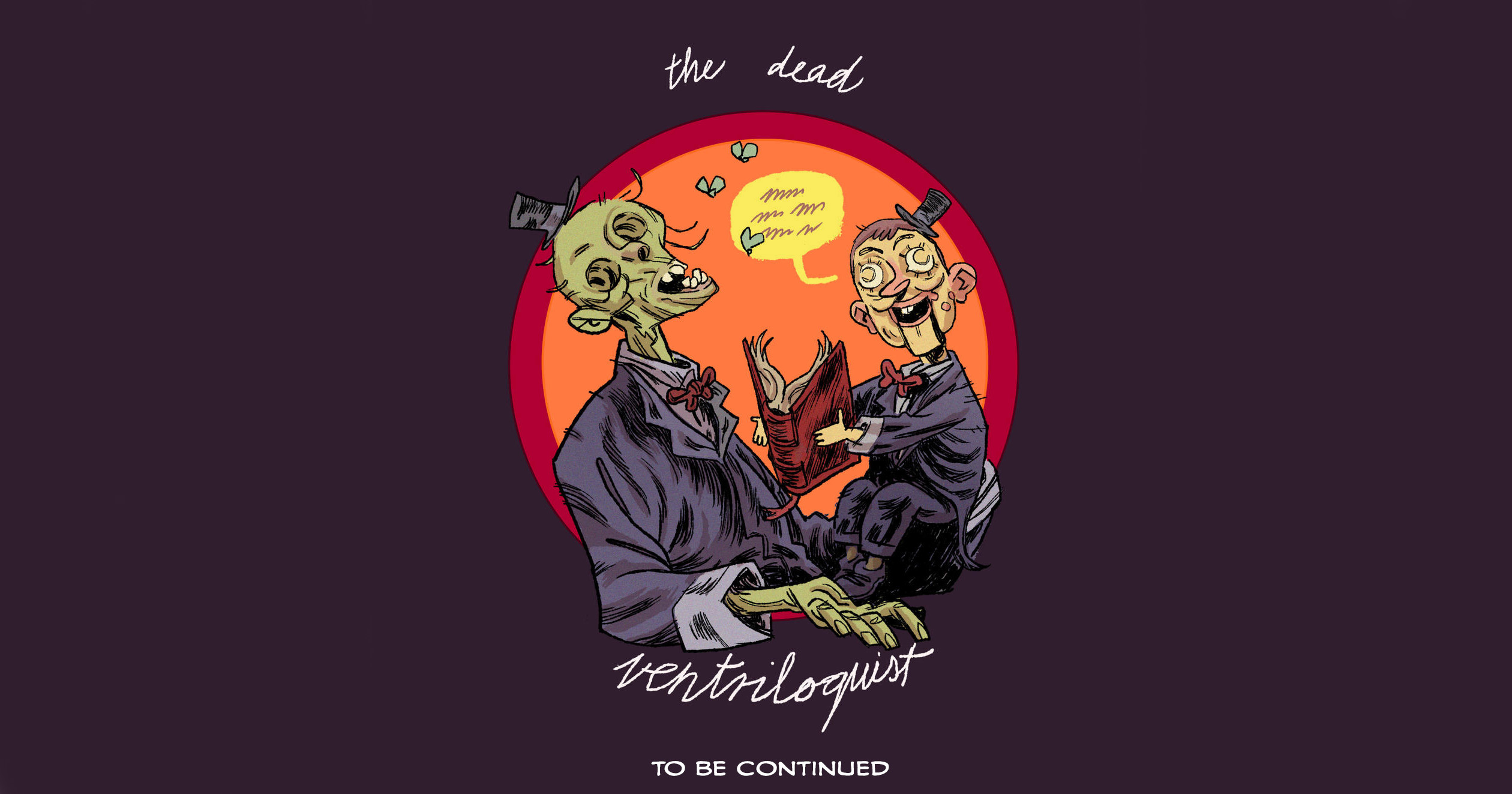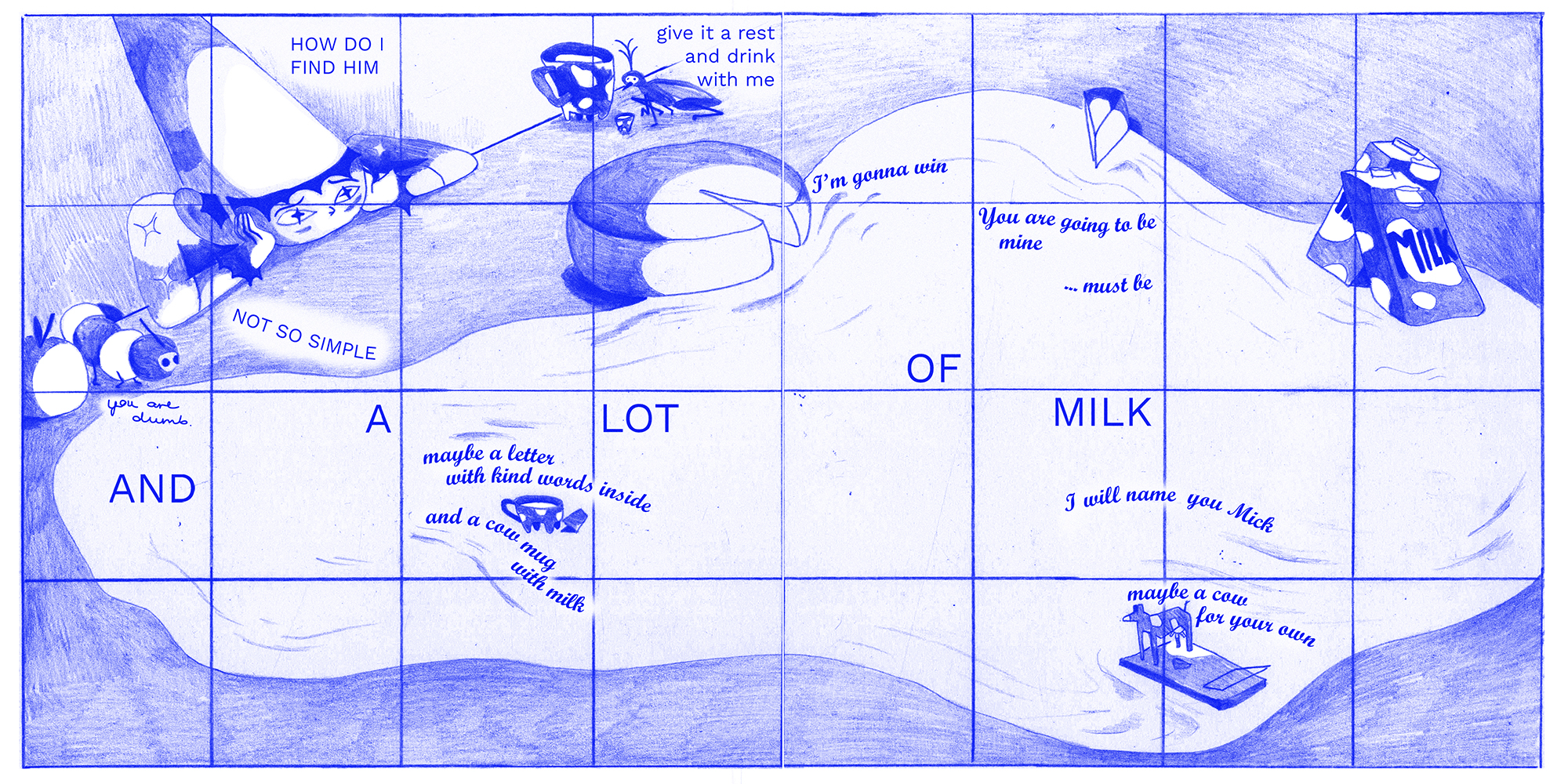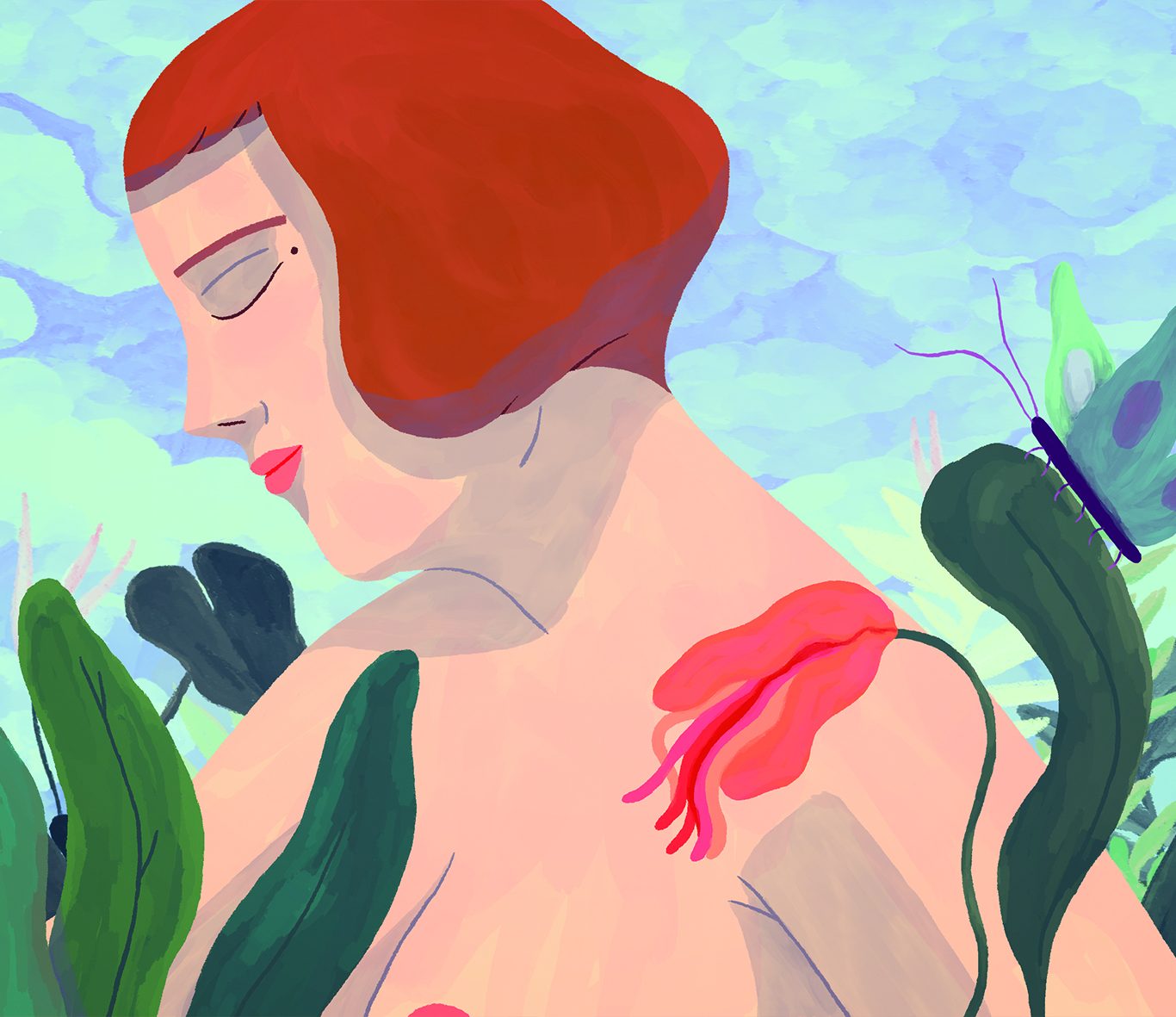
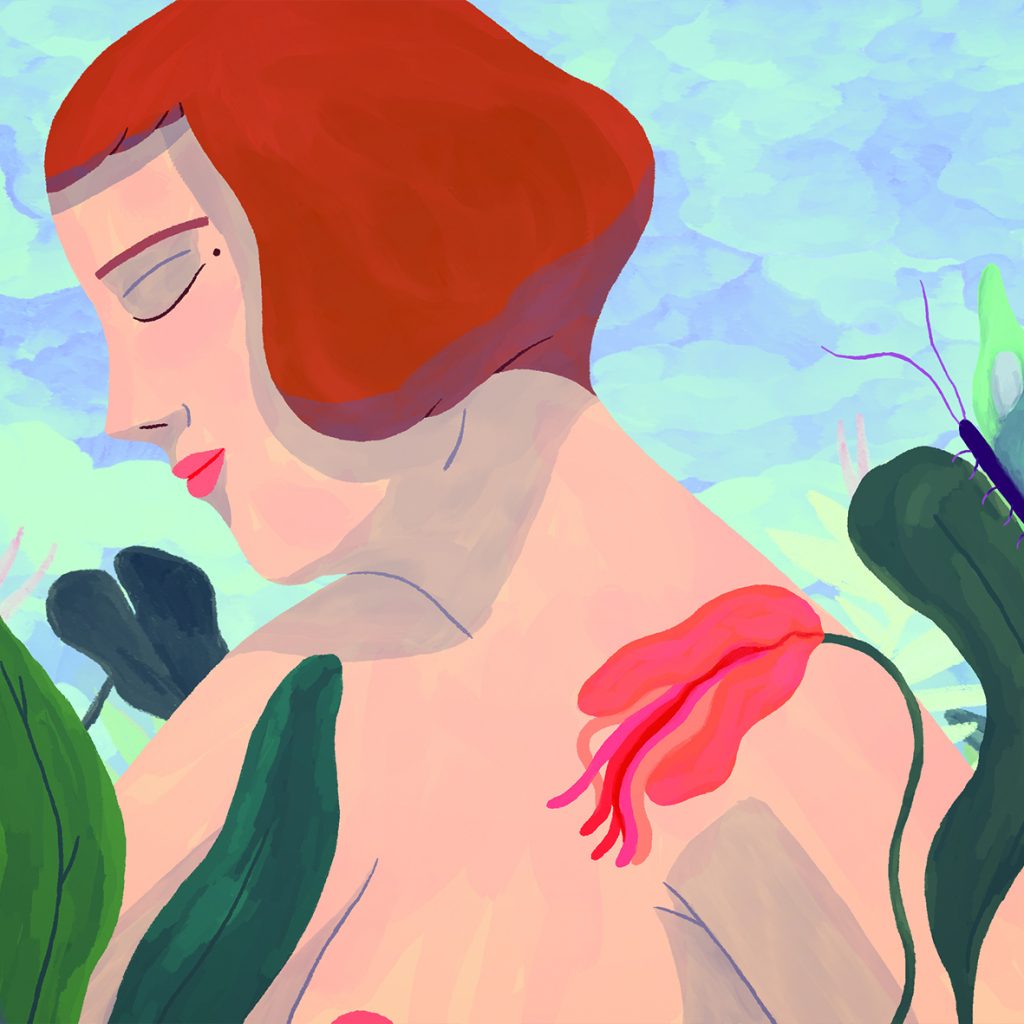
“I’m trying to prepare both mentally and on a practical level” – Interview with Flóra Anna Buda
Flóra Anna Buda is a distinctive figure of the Hungarian contemporary animation scene, and though she has had only two independent short films to her name to date, her latest one has been shortlisted for the Cannes Film Festival. It is just a few days until the announcement of the winners, and despite her busy schedule, we were lucky enough to catch her for a short interview. Topics covered included weighing the odds, trends in contemporary Hungarian animation, and the relationship between dramaturgy and visual style.

I’ve only seen stills and a trailer, yet 27 strikes me as having a more poetic visual aesthetic than your previous short film Entropy, despite the fact that Entropy already represented a freer auteurial approach. What pushed you in that direction?
That was the visual style that came naturally to fit the storyline. It was important to depict emotions and intimacy using a realistic form language. I needed a lyrical, picturesque visual style to offset the sexually explicit, at times pornographic sequences.
Last time we talked at the time of the lockdowns, we discussed your erotic drawing series Kinky Quarantine. Though these two genres seem quite far apart, I feel a sort of continuity between them. Or is it just my imagination?
I made the kinky drawings while on the Open Workshop residency in Vibor I had received for the purpose of developing 27. The erotic drawings were inspired by specific scenes from the film, and at the same time also genuinely influenced the process of storyboarding during the preparation of the film.
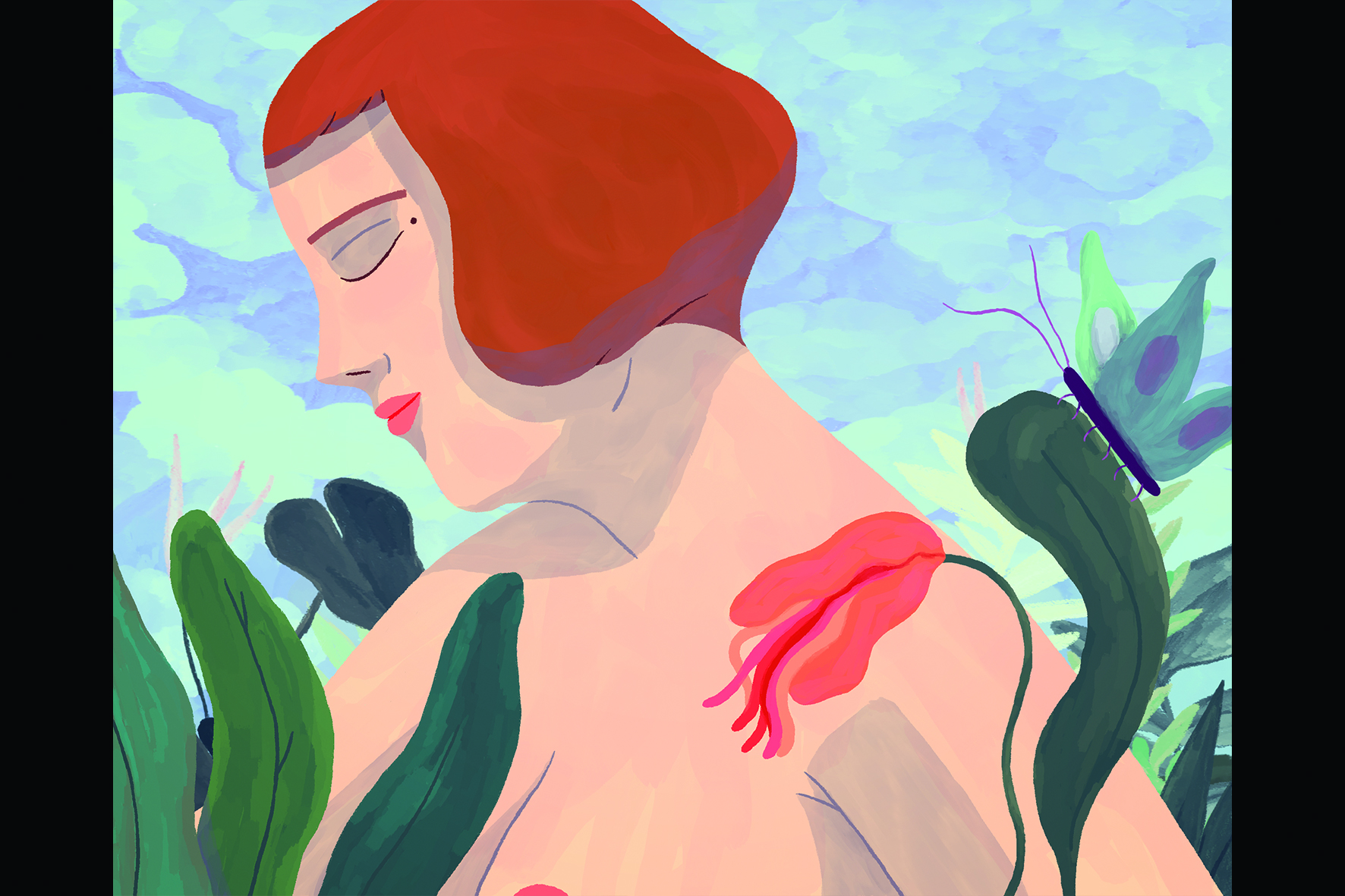
You said earlier in connection with the drawings that many people felt uneasy about their eroticism, and also that for our generation, sex is a sort of taboo. After making a short film on the subject as well as a dystopia, how do you see them?
Interestingly, no one has taken an issue with the film so far, though I expect there will be some who will find it too explicit. Most of the time even I feel it to be so, but obviously I see more into it than an external observer. To be fair my motivation came from the fact that showing female sexual desire on film was not very common and perhaps also for this reason there is more shame surrounding it. The film was intended to help overcome these feelings.
And what does 27 say about intimacy? I feel that it is also a not quite negligible part of the picture.
True, it was important to show sex as a consensual, intimate, and pleasant activity initiated by the protagonist.
You want to use the story to talk about social issues. I take it this was done purposefully. You didn’t just want to use trendy subjects for your film.
The social angle was all the more important because it’s a personal perspective in the story. There are many people around me affected by the housing crisis – me included – and I felt there was a correlation between this and the fact that coming of age and becoming self-reliant takes longer and longer.
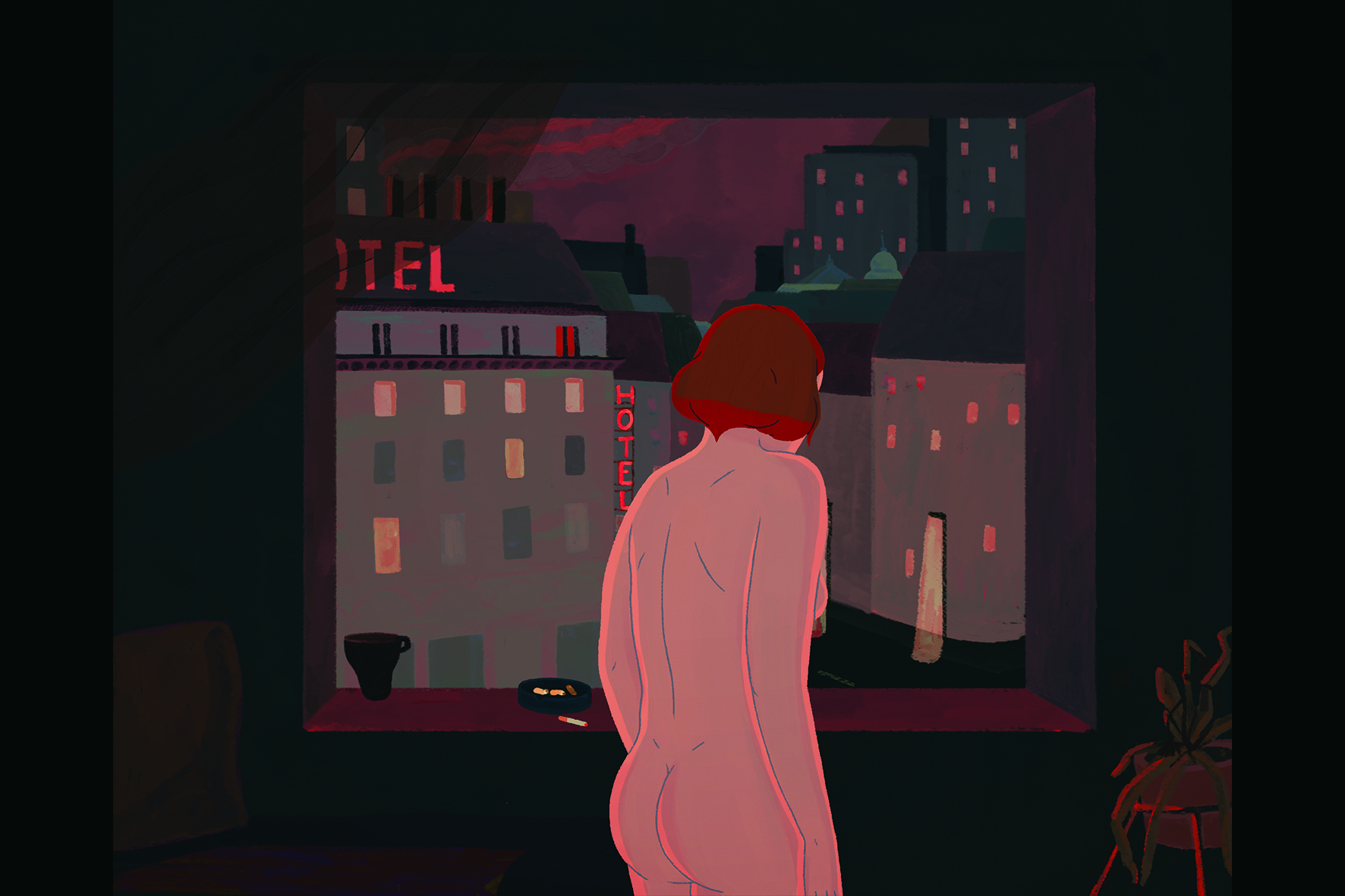
I often get the feeling with independent animation short films that the unbound auteurial focus comes at the expense of the narrative. They are spectacular and intense, but do not offer much of a takeaway. What are your thoughts on this trend? Is there such a trend at all?
I’m always happy to see a film where the director was clearly not afraid to make something that is unlike anything else, and did not put themselves under pressure to mould his work to fit the existing framework in order to conform to the usual trends. Without courage and experimentation, there would be no evolution in cinema or viewing habits.
In this regard too, Réka Bucsi, Nadja Andrasev, Luca Tóth or Domonkos Erhardt come to mind. Beyond the obvious institutional and genre parallels, can you see any other similarities between them and yourself? Can we say that we at MOME, in Hungary or even in Central Europe share a common animation language?
There must be some degree of similarity, because of the strong influence of our environment, and in our case, we share the same environment not just culturally, but also in terms of our university background. I believe there’s a trend in Hungary that if you want to make a film, you need to hustle hard at university, because there’s no guarantee to get to the international market if you fail to ride that first wave. This is unfortunately partly so because the Hungarian system provides young Hungarian filmmakers with little opportunity.
Sending animation films “on tour” to festivals has the sad consequence that they cannot be screened or showed in cinemas while the festival season lasts. I feel a conflict here. Filmmakers would like to convey a relevant message, and the system just does not make it possible. When in fact interest in these films is greatest during the weeks and months of the festivals. We cover a great deal in this article, and yet readers will only be able to see stills.
True, it is an eternal dilemma, I will grant you that. At the same time, these films take a very long time to make, with a sound and picture quality intended for cinemas, so I don’t really mind that they are only screened at festivals in cinemas. On the other hand, I do regret not having an animation festival in each village, because it would be helpful to have these short films showing across the entire country in the best quality possible.
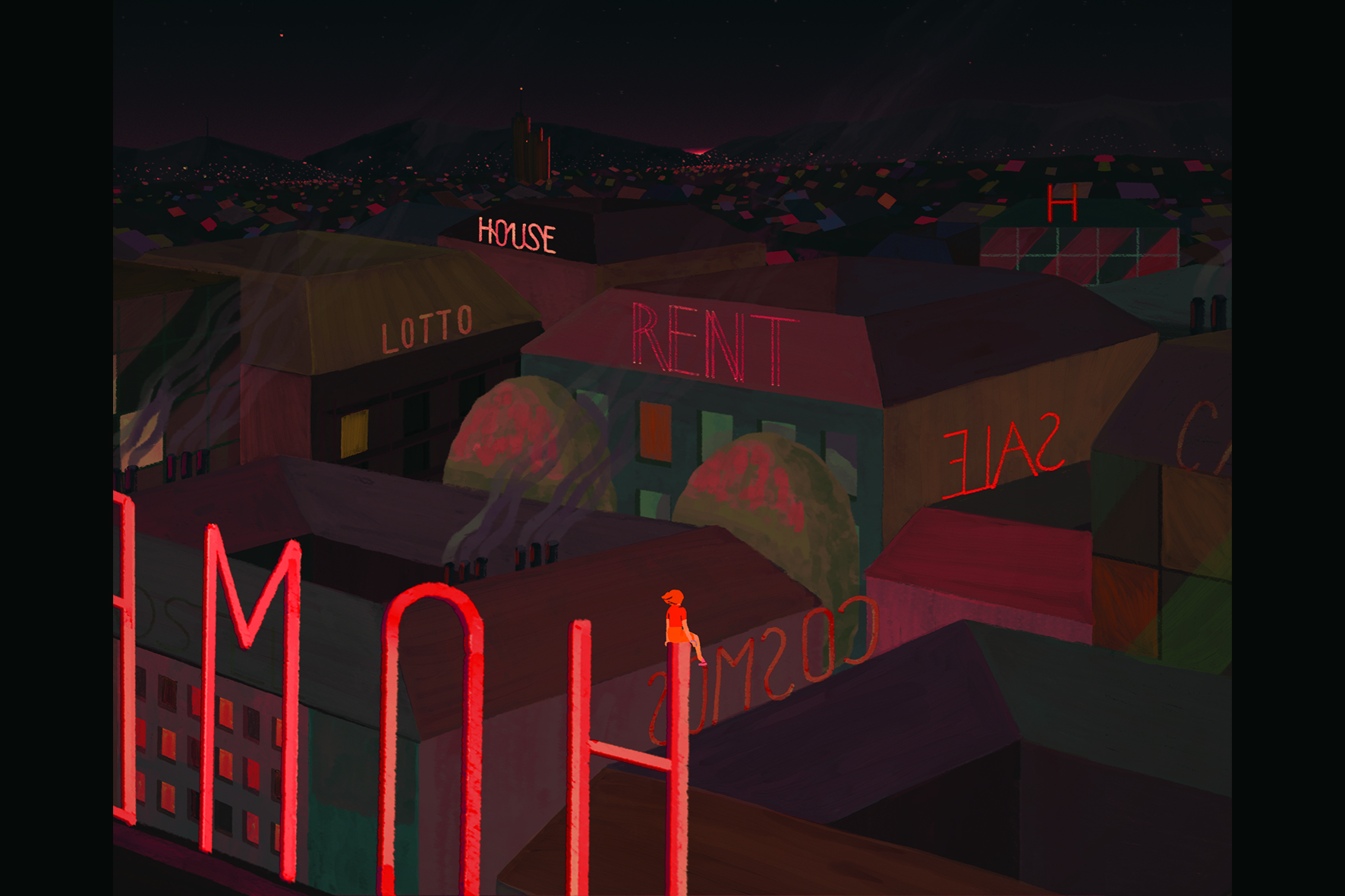
My previous question is irrelevant in one case only – if you win at Cannes. It is an interesting coincidence that this year’s short film jury will be chaired by no other than Ildikó Enyedi, and that everything will be revealed on the 27th. So, have you toyed with the idea what if…?
Every time I’m in a situation where I simply can’t tell what’s going to happen, I picture all possible scenarios so as not to be caught off guard by any of them. This is one of those situations.
Getting shortlisted for Cannes must feel slightly surreal, especially considering your young age and that it’s only your second film. How do you prepare for the next few days?
I went back home to Budapest for a week, hanging out and talking a lot with friends each day. On top of that, there is a lot of organisation and planning before the festival, which take up nearly all of my time. Perhaps the most important thing now is that I’m trying to prepare both mentally and on a practical level so I can enjoy being there and feel present to the fullest.
I guess you will take a little break afterwards and then a new cycle will begin. What do you think you will tell me about when we talk again in 3 years?
First I’d like to take a break, and then slowly ease myself into a new film, but for now, I don’t want to put myself under any pressure. I’d rather let things happen naturally.
// /
Check out Flóra’s further projects HERE
Portrait: Camille McOuat
